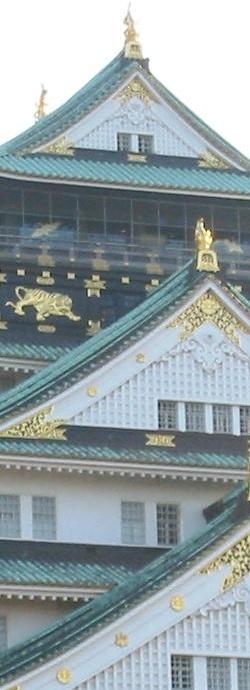Bibimbap is a Korean rice dish that is a kitchen sink of sorts. This particular example is from the restaurant within the supermarket Kukje in Daly City. Aside from the rice, there is alot going on within this bowl. You see the fried egg on top and some slices of beef underneath it. The rest of it is a fairly healthy mix of several pickled, cooked, or boiled vegetables. Some sesame seed oil is sprinkled about and you can add as much bibimbap sauce as you like. You cuold probably throw in extra items such as kimchi or other side dishes that are usually served with a Korean meal. Using the long metal spoon provided, all is mixed together and eaten by the spoonful. For vegetarians, the meat can be left out. The egg can be served raw or omitted as well. The other ingredients can vary with the season or vary from cook to cook to suit their own tastes.
One variation is to have this served in a scalding hot stone bowl. The heat from the bowl burns the kernels of rice that are in contact with it. The resulting crispy scorched rice is a delightful way to finish off the meal. However, some places will charge you extra for this addition. Admittedly, I was not a big fan of this cuisine, except for the barbecue, when I was younger. Exposing myself to ever increasing amounts of the culture through TV and music, I began to broaden my palette. I began to have their tangs and chiges(soups), kimchis and banchans(side dishes), jajangmyun(black bean noodles), mandu(dumplings), pajeon(savory pancakes), etc. and enjoyed them very much. Granted the jajangmyun is a chinese dish and usually found in chinese restaurants in Korea, I equate them with the Koreans and usually have them in Korean restaurants here at home
skip to main |
skip to sidebar


Osaka Castle

Hachiko Exit of JR Shibuya Station
Who do you think you are!!!

- RogueDogue
- Here and Now, Maybe not NOW now or even HERE here. When Im not here I may be at https://www.youtube.com/user/RogueDogueVlogue, United States
Search This Blog

Osaka Castle

Hachiko Exit of JR Shibuya Station

